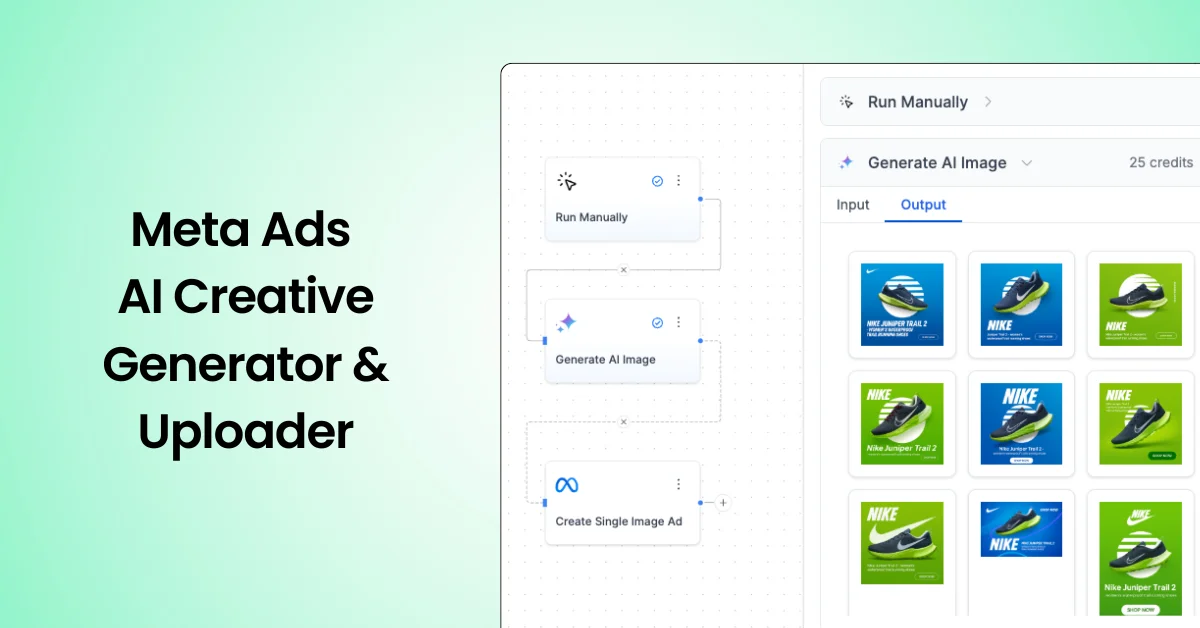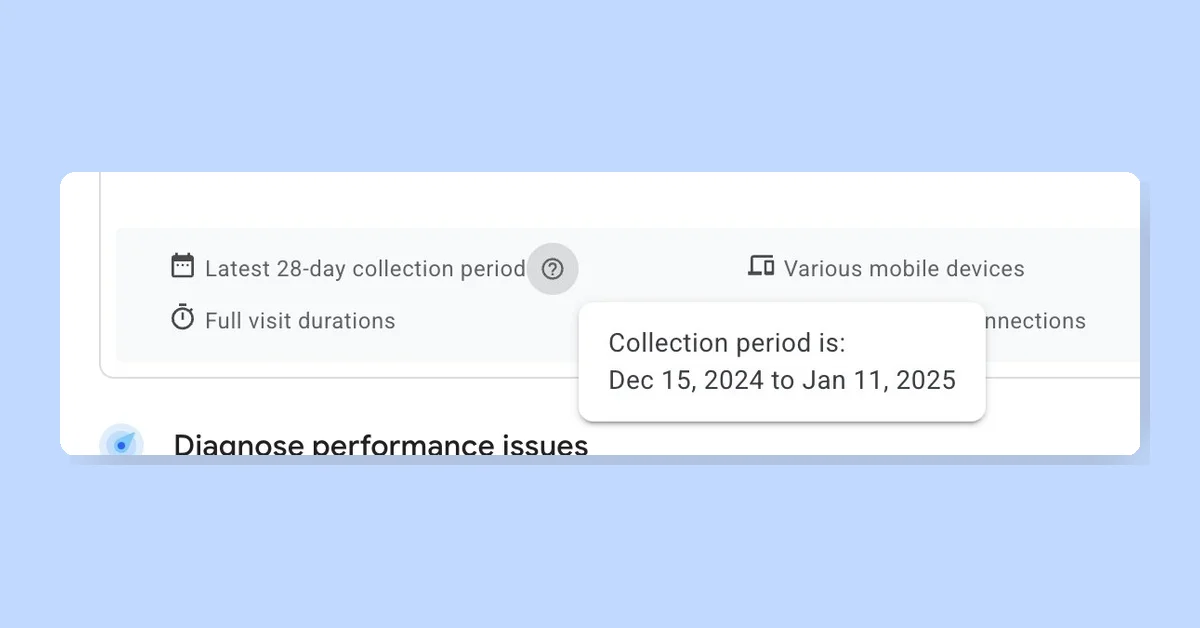Google's Gary Illyes recently shared insights on SSL/TLS (Transport Layer Security) and mutual TLS (mTLS), highlighting their importance in secure web communications and potential applications for web crawling.
Key points
Traditional TLS:
- Focuses on server authentication
- Client remains anonymous to the server
- Sufficient for most web applications
Mutual TLS (mTLS):
- Authenticates both client and server
- Increases certainty of both parties' authenticity
- Useful in zero-trust situations
Potential Applications:
- API endpoint security
- Solution for crawlers using shared IP ranges
Illyes explained that while traditional TLS is adequate for most scenarios, mTLS provides an additional layer of security by authenticating both parties in a connection. This approach could be particularly beneficial in situations requiring high levels of trust, such as API interactions or web crawling from shared IP addresses.
The discussion suggests that Google may be considering or already implementing mTLS in some of its web crawling operations, potentially as a way to address challenges associated with crawlers using shared IP ranges.
This insight into Google's thinking about web security and crawling practices offers valuable information for webmasters and SEO professionals, highlighting the evolving landscape of web authentication and its potential impact on search engine operations.
For those seeking a more in-depth understanding of mTLS, Gary recommended a Cloudflare article: "What is mutual TLS (mTLS)?" This resource offers a comprehensive explanation of the technology in accessible terms.
















